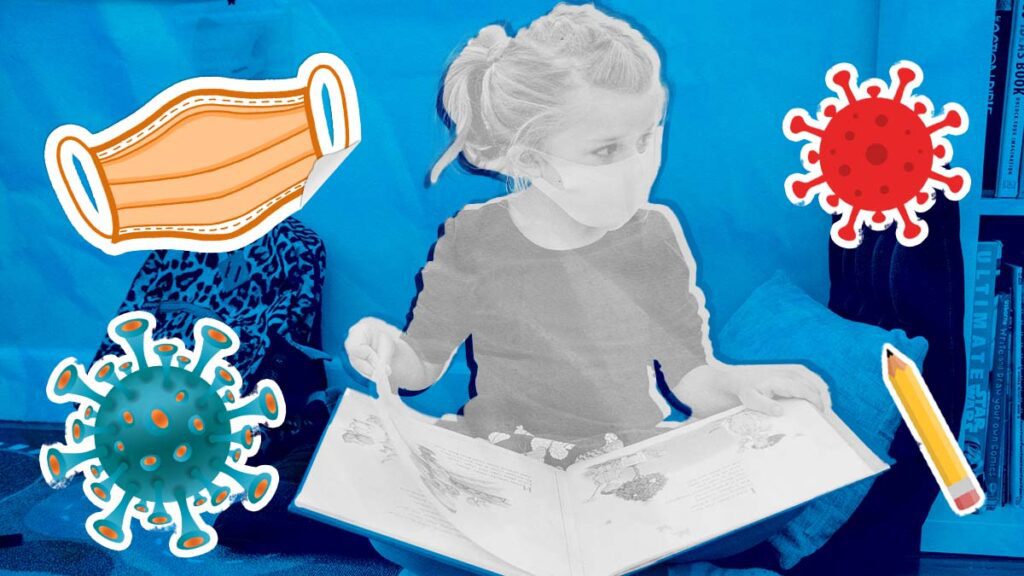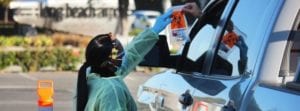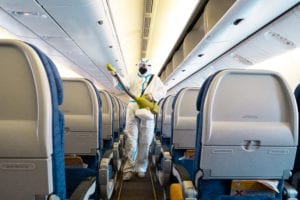By Dana Webster
After almost two years of testing, masking up and (at times) virtual learning, many parents and students understandably want school to return to pre-pandemic normalcy quickly and permanently.
But the omicron variant is spreading more rapidly than any previous coronavirus strain. Hospitalization records have been shattered, major companies have once again required telework and, yes, more than 2,000 U.S. schools have reimposed virtual learning.
If we can all agree on something during this ever-divisive pandemic, it’s that this new variant is wildly contagious and unpredictable. Amid such uncontrollable virus spread, our Worksite Labs team has deployed dedicated COVID-19 testing as an important tool in helping schools keep their doors open.
I work closely with numerous large school districts and clinical teams to ensure school-based testing and contact tracing services from Worksite Labs are as effective as possible. To keep educators, parents and students informed, I’d like to answer common questions about these programs, how they’re run and the role they play in keeping K-12 education moving.
Have testing programs helped American schools remain in person and avoid quarantines?
Yes. When students and staff test negative for COVID-19 immediately after being exposed to a confirmed case, they can stay in class or at work instead of having to quarantine at home. This process, called “test to stay,“ has proven invaluable for students who wish to keep learning in person or staff who don’t want to unnecessarily miss work.
A 2021 study found that two groups of Los Angeles schools — half with a test-to-stay program, half without — experienced a similar number of COVID-19 cases over a roughly 40-day period. The difference? Students at schools with no test-to-stay program lost more than 90,000 collective in-person school days to quarantine during that period; the group with a test-to-stay program lost none.
Is testing in schools still effective with such a quick-spreading variant as omicron?
It’s more necessary than ever. Testing, especially paired with contact tracing, is our best resource for tracking when and where COVID-19 infections and outbreaks occur. In turn, we can easily identify and notify people who might have been exposed and should take preventive measures.
Omicron’s subversive nature confirms the necessity of dedicated testing. Experts believe as many as 90% of people who contract the new variant might never show symptoms. Without testing, many new COVID-19 cases — maybe even the majority — will go unnoticed, enabling continued spread.
Why should schools require frequent, regular testing for students and staff? Why not just ask them to get tested when they feel sick or come in close contact with someone who has COVID-19?
Testing often at regular intervals means students and staff know their health status. They can more easily pinpoint infections and outbreaks as they happen, rather than having to work backward to determine the genesis, at which point any number of further infections could have occurred.
After someone catches COVID-19, it can take as long as two weeks for symptoms to develop — if they ever do. Regular testing can help catch such cases far earlier than they might have been caught otherwise, potentially sparing countless close contacts from getting sick — and consequently further exposing their close contacts.
Why should a school or school system delegate its own contact tracing to a third-party provider like Worksite Labs?
Schools with in-house contact tracing face tremendous pressure to identify and contact exposed students and staff, an especially difficult task with quick-spreading variants. When a resource like Worksite Labs takes on that responsibility, educators can focus full time on teaching kids.
Not only must contact tracers get in touch with families after someone is confirmed positive; they often are met with many questions when they do. Having certified healthcare experts on hand to meet people where they are fosters cooperation and ensures quality information is shared, even though school administrators themselves are often very well
The Centers for Disease Control and Prevention (CDC) recently altered its recommended COVID protocols, greatly reducing suggested quarantine and isolation times. Has this changed how Worksite Labs conducts testing and contact tracing services for schools?
Some schools are comfortable allowing individuals who contract COVID back into facilities, wearing masks, five days after they test positive, which is the CDC’s current recommended protocol. Others are understandably hesitant of such a quick turnaround, and therefore adhere to the previously recommended,
We honor our clients’ preferences for how long they would like COVID-positive students and staff to self-isolate, so long as those preferences fall within the CDC’s minimum recommendations. But if they want to implement extra measures (e.g., a test at the end of the isolation period to ensure the student or employee isn’t contagious anymore), we work to accommodate those expectations too.
Dana Webster is senior director of partnerships and engagement at Worksite Labs. Contact her at dwebster@worksitelabs.com if you are interested in Worksite Labs testing and contact tracing services for your school or district.




